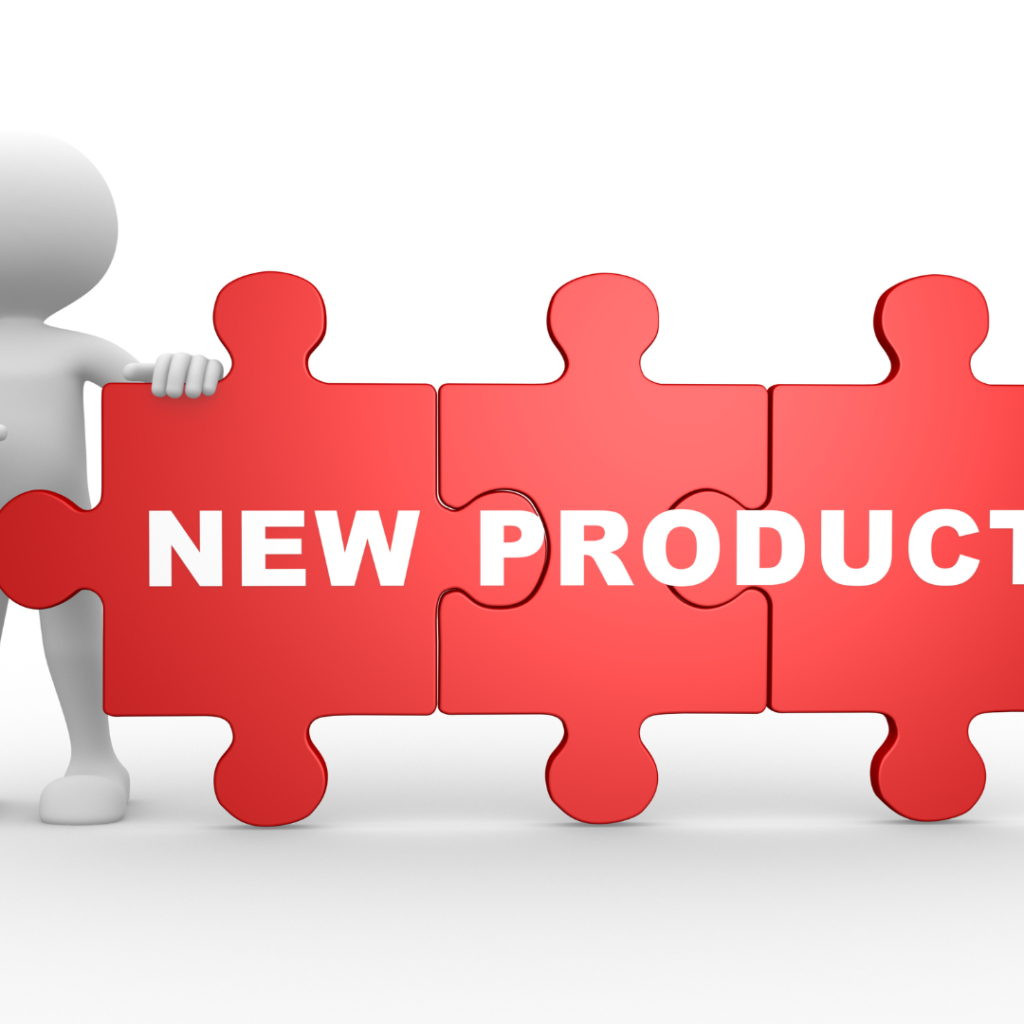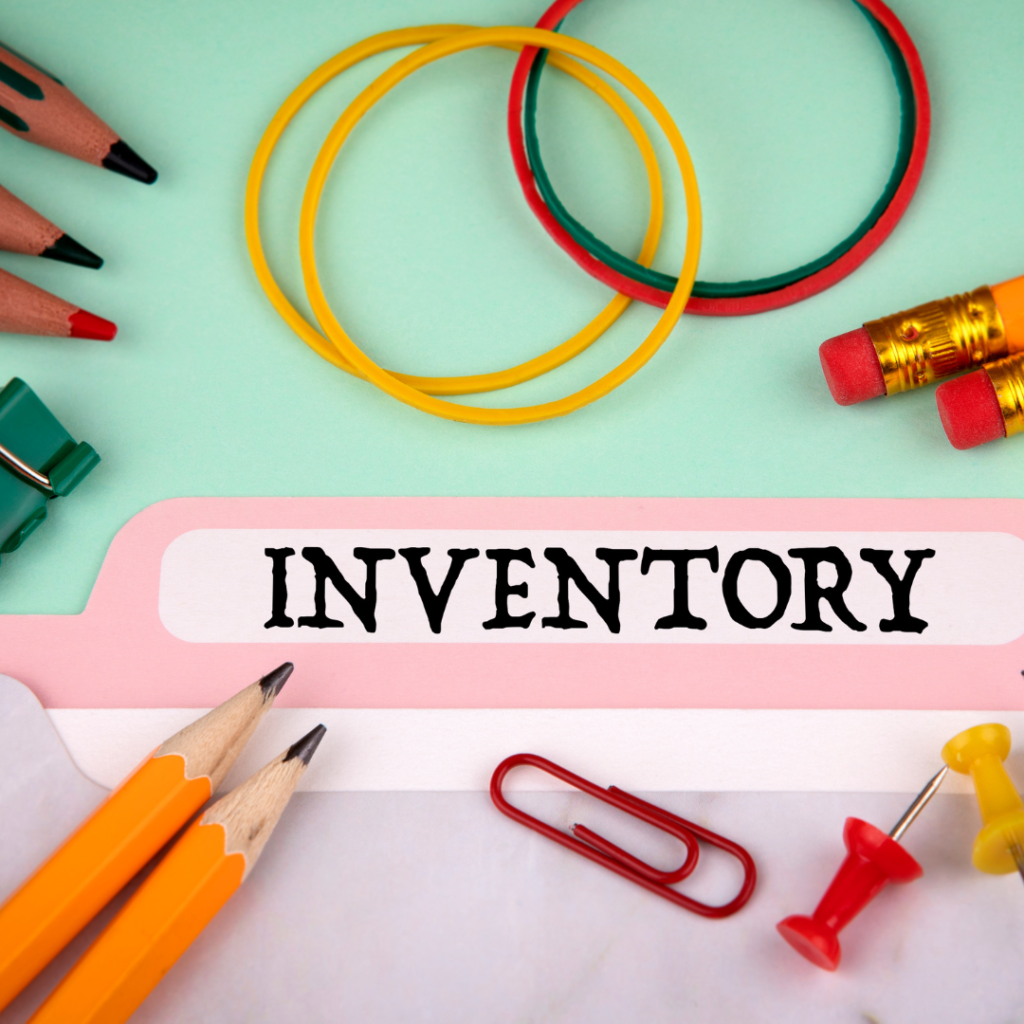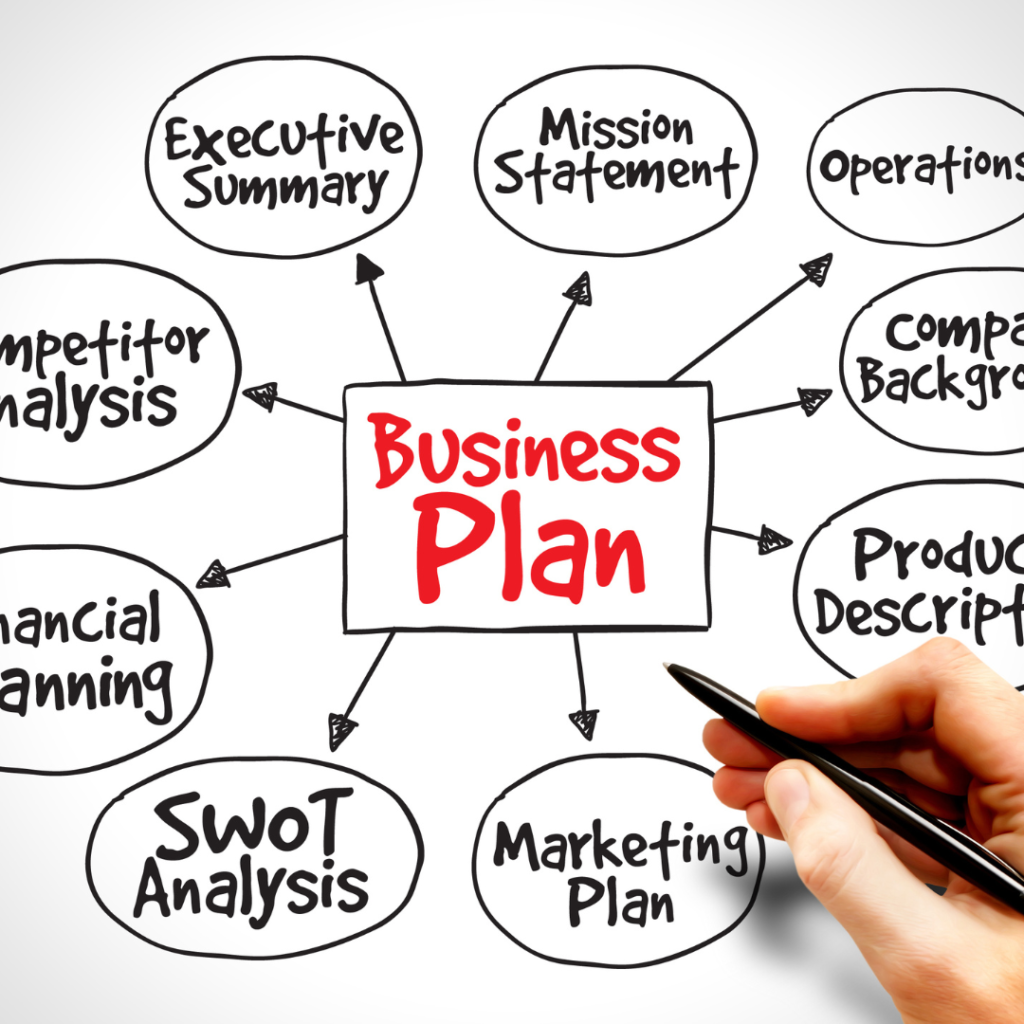Starting a product-based business offers a creative playground, but it also presents unique challenges such as inventory management and production scalability. Understanding these distinctions is key to building a robust foundation for your enterprise.
Whether you’re drawn to the tangible nature of products, dreaming of your own line of pottery, or striving to innovate tech gadgets, this comprehensive blog post will be your compass along the uncharted waters of entrepreneurship.
When setting the cornerstone for a product-based business, one must recognize that it commands a different set of strategies than those of a service-based business. The need for upfront capital is often more illustrious, with investments tied up in inventory, warehousing, and the exacting details of product development. Furthermore, the product life cycle, from inception through to the customer’s hands, must be rigorously managed to ensure quality and consistency, a complexity not as prevalent in the service sector.
Navigating the product landscape thus requires acute attention to logistic intricacies and a proactive approach to supply chain dynamics, elements less pronounced when offering services. The tangibility of products also summons the challenge of physical space, be it for storage or storefronts, and a deeper dive into manufacturing processes. Each of these factors demands careful consideration for the product-based entrepreneur who is determined to bring a vision to market while maintaining operational sustainability.
Creating a business plan will help you sort the details.
Before you can begin your entrepreneurial journey, you must clearly define what you are selling. The product is the heartbeat of your business, and a clear understanding of its nature, market position, and value is critical.

In your journey of launching a product business, there are several pivotal steps to consider. It begins with market research, discerning the potential customer base, and understanding how your product fits within the competitive landscape.
Next, product design and prototyping become the focus, where your ideas start to take physical shape. This is followed by sourcing materials and finding the right manufacturing partners who can turn your prototypes into sellable goods.
An often underestimated step is branding, which involves creating a strong identity and message that resonates with consumers and distinguishes your product in the market. Equally important is developing a strategic marketing plan to promote your product and generate interest and sales.
Lastly, but just as critical, is the creation of a distribution strategy. Whether it’s e-commerce, brick-and-mortar partnerships, or a hybrid approach, how you get your product to customers is a factor that can greatly influence your business’s success.
Let’s take a closer look.
Crafting Your Business Model and Financial Planning
After establishing a distribution strategy, it’s essential to solidify your business model and conduct rigorous financial planning. Crafting a sustainable business model requires understanding all revenue streams, and cost structures, and determining pricing strategies that not only cover costs but also generate profit.
Financial planning, including budgeting and forecasting, ensures that you have a roadmap to financial health and the ability to secure funding or attract investors. With these elements in place, you are better equipped to navigate the complexities of running a product-based business and poised for long-term growth.
Identifying Your Niche
A niche market is the carved-out segment of a larger market that shares unique needs. Your first task is to identify this niche. Conduct extensive market research to understand the gaps that your product can fill and the audience it can serve. This involves not only poring over industry reports but also engaging directly with potential customers to gather qualitative insights.

Product Development and Sourcing
If you haven’t developed your product yet, this phase is about refining your concept into a tangible item. Whether you’re building a new app or crafting artisanal soap, strive for quality and innovation. Early prototyping and customer feedback are invaluable at this stage.
Once you have a solid concept or prototype, you must find suppliers or set up your own manufacturing line. This process involves negotiating costs, establishing quality control measures, and ensuring that your supply chain is robust and reliable.
Differentiation and Branding
Your product must stand out in a crowded market to succeed. This involves both functional differentiation—what makes your product better or different than others—and emotional differentiation—how your brand connects with customers on a deeper level. Branding, through your company’s name, logo, and persona, is an integral part of this process.
Financial Planning and Investment
Starting any business requires capital, but a product-based business often demands a significant investment upfront. This investment will cover everything from research and development to marketing and distribution.
Understanding Your Costs
Costs in a product-based business can be classified as one-time (e.g., initial product design) and ongoing (e.g., raw materials and labour). Understanding these costs in detail is crucial for setting your pricing strategy and ensuring future profitability.
Securing Financing
Explore all financing options, from personal savings and loans to angel investors and crowdfunding. Each method has its benefits and drawbacks, so choose the one—or several—that align with your business goals and comfort level with risk.

Establishing the Right Legal Structure
Choosing the appropriate legal structure is vital for protecting your personal assets and ensuring tax efficiency. Common structures for product-based businesses include sole proprietorships, partnerships, corporations, and limited liability companies (LLCs).
Registering Your Business
You must register your business with appropriate local, state, and federal agencies. This process varies by location and business type, so consult a legal professional to ensure compliance.
Protecting Your Intellectual Property
If your business hinges on a unique product design or idea, you must safeguard it. This can involve patents, trademarks, or copyrights, depending on the nature of your product and its intellectual properties.
Product Launch and Marketing
A successful launch is an orchestrated event that builds excitement and creates early sales momentum for your product. Timing is everything here, as is a well-thought-out marketing strategy that leverages various channels to reach your target audience.
Market Entry Strategies
There are several market entry strategies you can consider, from direct sales to partnerships with retailers. Each has its own set of advantages and considerations that must align with your business objectives.
Building Your Online Presence
In today’s digital age, an online presence is non-negotiable. This includes a professional website with e-commerce capabilities, social media profiles, and an online marketing strategy that can boost your product’s visibility and drive sales.
Leveraging Influencers and Partnerships
Influencer marketing can be a powerful tool for product-based businesses, as it relies on authentic endorsements from trusted figures in your niche. Similarly, strategic partnerships with other businesses can expand your reach and add credibility to your brand.

Managing Your Inventory Effectively
Effective inventory management is the linchpin of success in a product-based business. Overstock leads to unsold goods, tying up capital and damaging the bottom line. Understock leads to lost sales opportunities and can harm customer satisfaction.
Implementing an Inventory Management System
Investing in a robust inventory management system is necessary to keep track of stock levels, reorder points, and sales patterns. Many modern systems are cloud-based, offering real-time data and the ability to automate certain processes.
Forecasting Demand
Accurately forecasting demand allows you to adjust your inventory levels and production schedules accordingly. Historical data, market trends, and consumer behavior can all inform your forecasting models, but be prepared to adapt as unforeseen factors come into play.

Scaling Production and Growth Strategies
Once your product is on the market and sales are rolling in, it’s time to think about scaling your production. Growth brings its own set of challenges, and a thoughtful approach is necessary to ensure that you can meet demand without sacrificing quality or profitability.
Production Optimization
Optimizing your production process involves streamlining workflows, updating equipment, and utilizing best practices to improve efficiency. This could also mean outsourcing certain functions or investing in additional capacity.
Diversification and Expansion
When the time is right, diversifying your product line or expanding into new markets can help sustain and grow your business. This should be guided by thorough market research and a clear understanding of your customer base.
Customer Service and Feedback
Your customers are the lifeblood of your business, and providing exceptional customer service is just as crucial as having a great product. Building relationships with your customers and seeking their feedback can lead to product improvements and foster loyalty.
Establishing Customer Service Protocols
Whether it’s handling returns, inquiries, or complaints, having clear customer service protocols in place ensures a consistent and positive experience for your customers.
Gathering and Acting on Feedback
Actively soliciting feedback through surveys, social media, and customer reviews helps you understand how your product is perceived and used. This information is invaluable for product refinement and future development.

Final Considerations on Product vs. Service-Based Businesses
While similar in many aspects, product-based and service-based businesses differ significantly in terms of the offering’s nature, legal requirements, and operational considerations. Understanding these distinctions from the onset is key to navigating the unique challenges each model presents.
A product-based business is a tangible creation, from concept to the customer’s hands, and presents opportunities for creative expression and scale that can be very rewarding. However, it also requires careful planning, investment, and ongoing management of inventory and production processes.
In contrast, a service-based business centers around intangible actions that cater to the needs of the customer, often requiring less upfront investment but a strong focus on quality execution and client satisfaction.
Whichever path you choose, thorough research, strategic planning, and a commitment to your vision are vital for success. Remember, starting a business is a marathon, not a sprint, and the tapestry you weave now will be moulded by every decision you make. Make them wisely, and may your entrepreneurial spirit burn bright with the promise of a thriving business.
To help you embark on this exciting journey with confidence, grab a free copy of our Small Business Plan Template. This resource is designed to guide you in crafting a comprehensive plan for your product-based business, ensuring you cover all the essential facets from market analysis to financial projections.
Download your free template here and begin laying the foundation for a successful venture.



